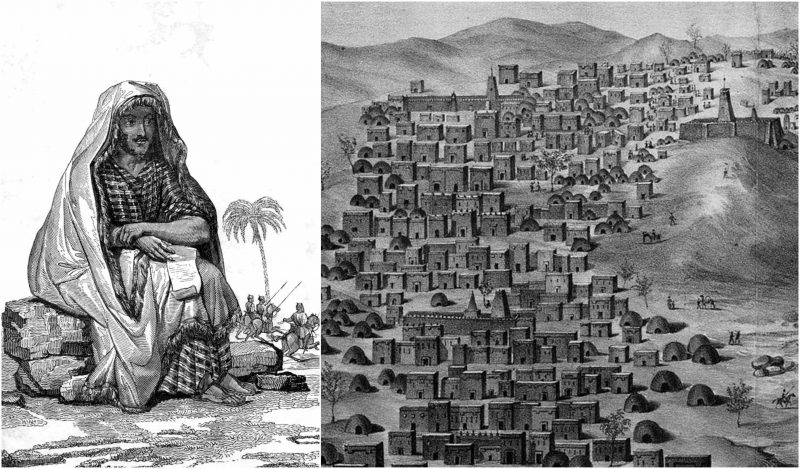Auguste René Caillié was the first European explorer to return alive from the town of Timbuktu.
He left home at the age of 16, and his first voyage sparked his interest in exploring Africa. He first sailed on a French naval vessel, Saint-Louis, on the coast of modern Senegal where he remained for several months before crossing the Atlantic on a merchantman. Two years later, Caillié returned to West Africa accompanying a British expedition across the Ferlo Desert to Bakel on the Senegal River.
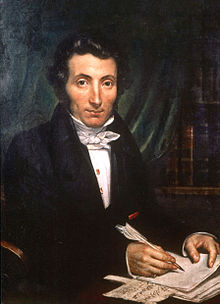
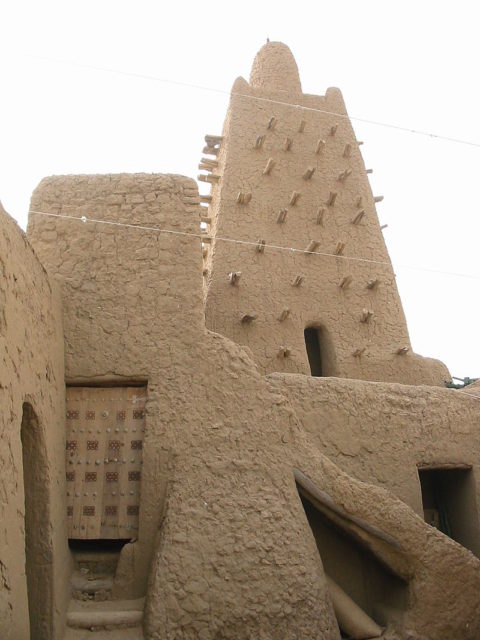
He was born in western France in 1799, in a highly impoverished family and his parents died during his childhood. René and his sister were taken care of by their grandmother. Before he started traveling, Caillié had had a very little formal education, but as soon as he arrived in Africa for the second time, he proved exceptional intelligence in adapting and learning a new language and the customs of a different culture. He departed with only 60 francs in his pocket.
When he returned to Saint-Louis in 1824, Caillié dedicated to his passion of becoming an explorer. To avoid the misfortunes and difficulties which earlier explorers had experienced, he decided to travel by himself disguised as a Muslim. He got the French governor in Saint-Louis to finance a part of his 8-months stay in the Brakna region of southern Mauritania with the nomadic locals. Caillié learned Arabic with them as well as the Islamic customs.
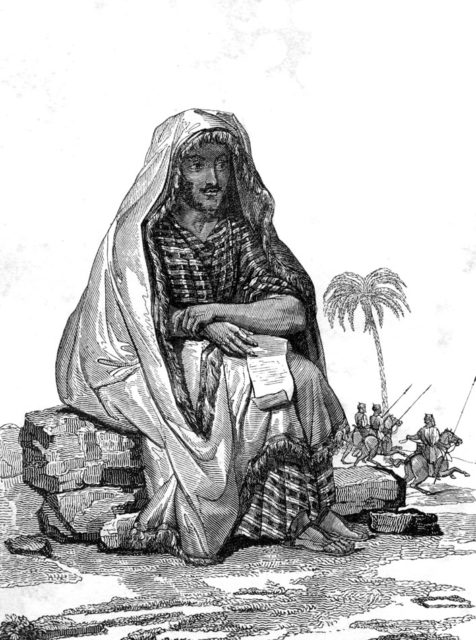
Eight months later, René wanted to remain in Africa and to start with his exploration but failed to obtain further funding even though he tried to cooperate with both the French and the British governments. However, he got encouraged by the 10,000 francs which the Société de Géographie in Paris offered as a prize for the first person who would return with a description of the town of Timbuktu, so Caillié decided to fund his journey himself.
He saved money by working in the British colony of Sierra Leone for a few months and then traveled to Boké by ship on the Rio Nuñez in modern Guinea. In April 1827, he set off across West Africa moving east along the Fouta Djallon hills and passed the head streams of the Senegal River, and the Upper Niger at Kurussa. In August, he arrived at the village of Tiémé, present-day Ivory Coast, and his journey was delayed for five months due to his illness.
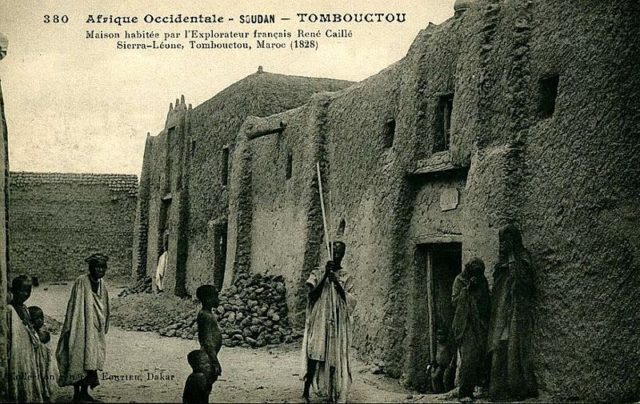
He resumed his journey in January and reached the city of Djenné where he stayed for two weeks. From there, he traveled to Timbuktu on a boat.He spent five days in the town and then joined a caravan which was heading to Morocco through Sahara. In August, Caillié reached Fez and then, from Tangier, he got on a boat to France where he collected the prize of 10,000 francs. The scholar Edme-François Jomard helped him to publish an account of his voyage. The Société de Géographie awarded Caillié with the Gold Medal in 1830.
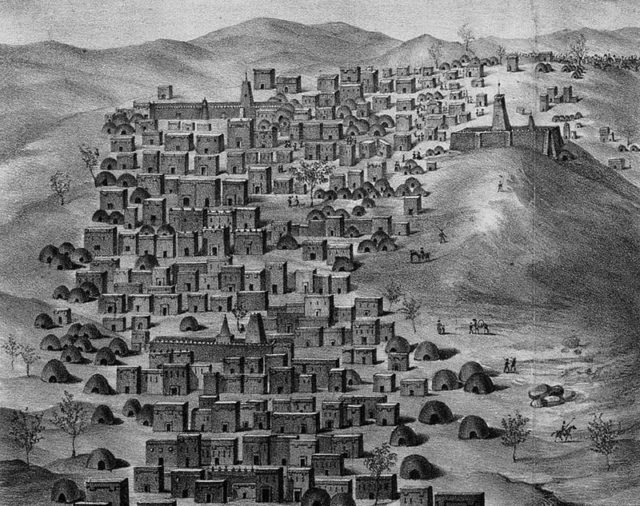
When he returned to France, Rene got married and settled near his birthplace. His book “Journal d’un voyage à Temboctou et à Jenné dans l’Afrique Centrale, etc.” was published in three volumes in 1830 at public expense. He also received the order of the Legion of Honour and numerous other distinctions. He also received a pension.
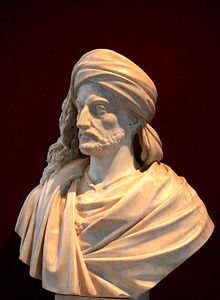
Caillié died in 1838, at the age of 39, of tuberculosis. He will always be remembered for his unique approach to exploration. While there were large-scale expeditions funded by governments, including soldiers and black porters, Caillié spent years learning Arabic, studying the Islamic religion and the customs to set off by himself.
He was the first man who described Timbuktu as a small, poor, and unimportant town, unlike the supposed reputation of the place which preceded his statement.
